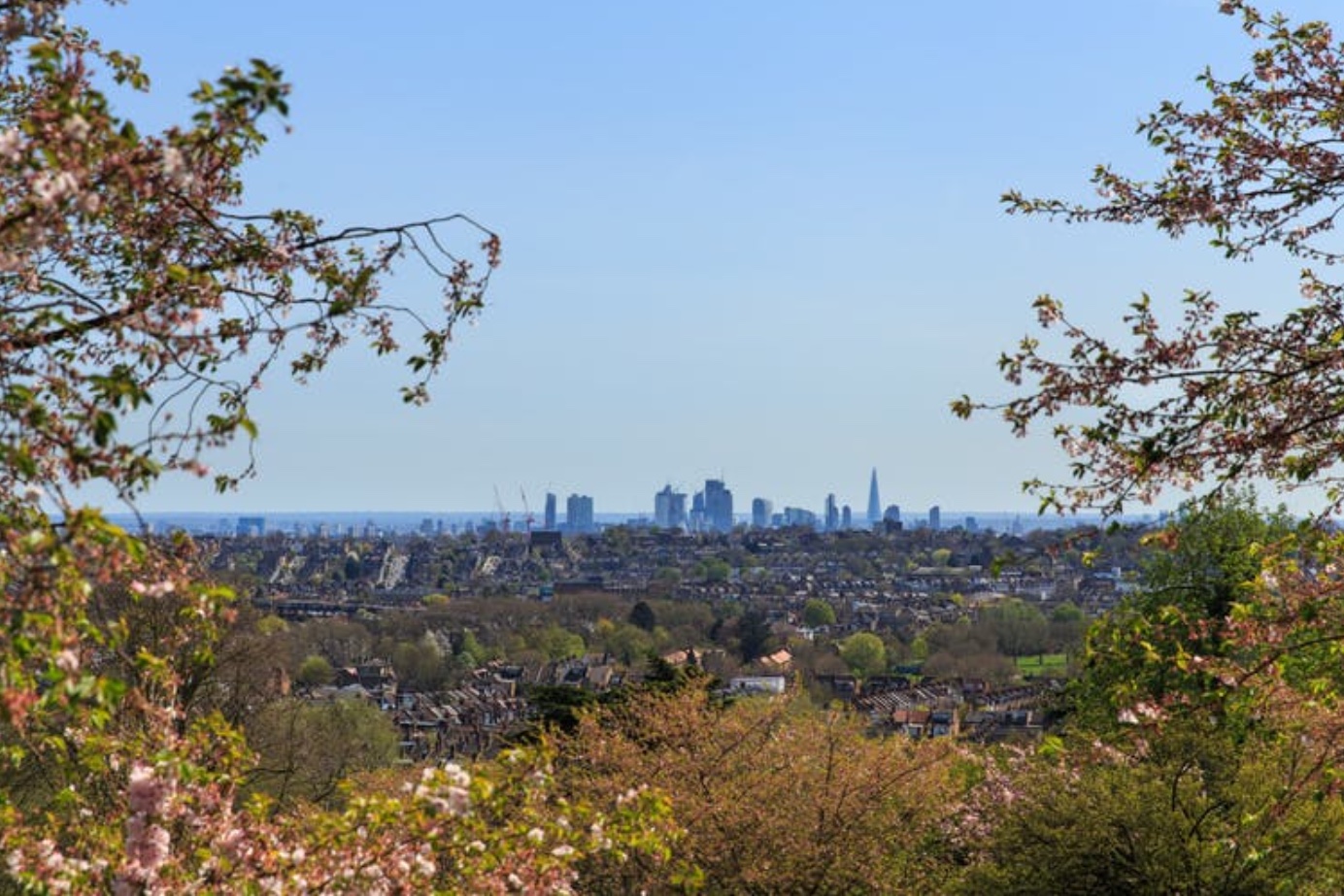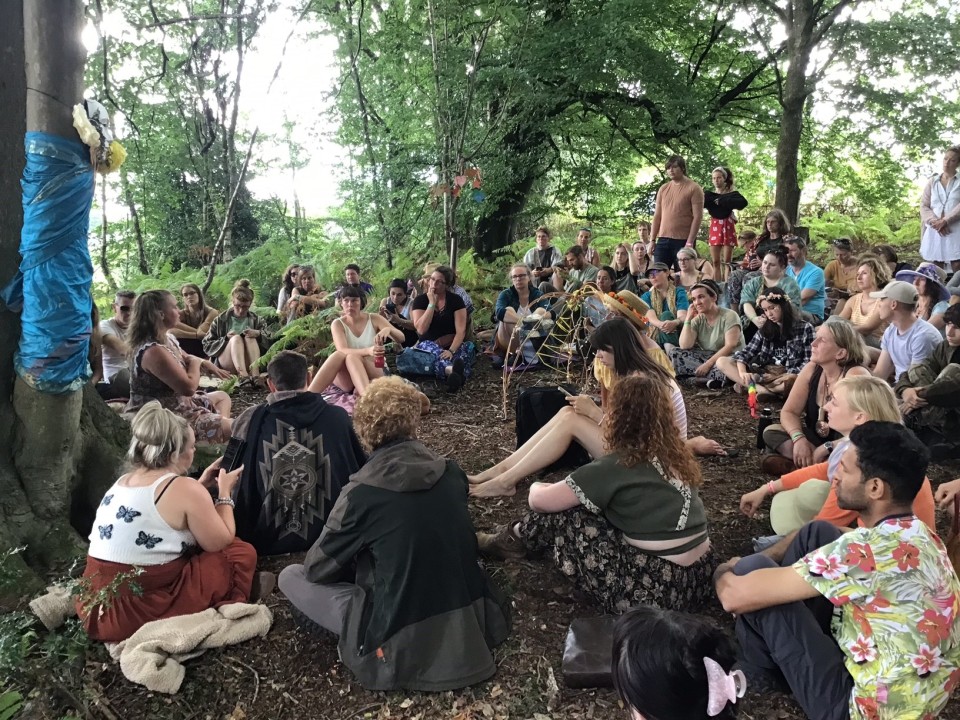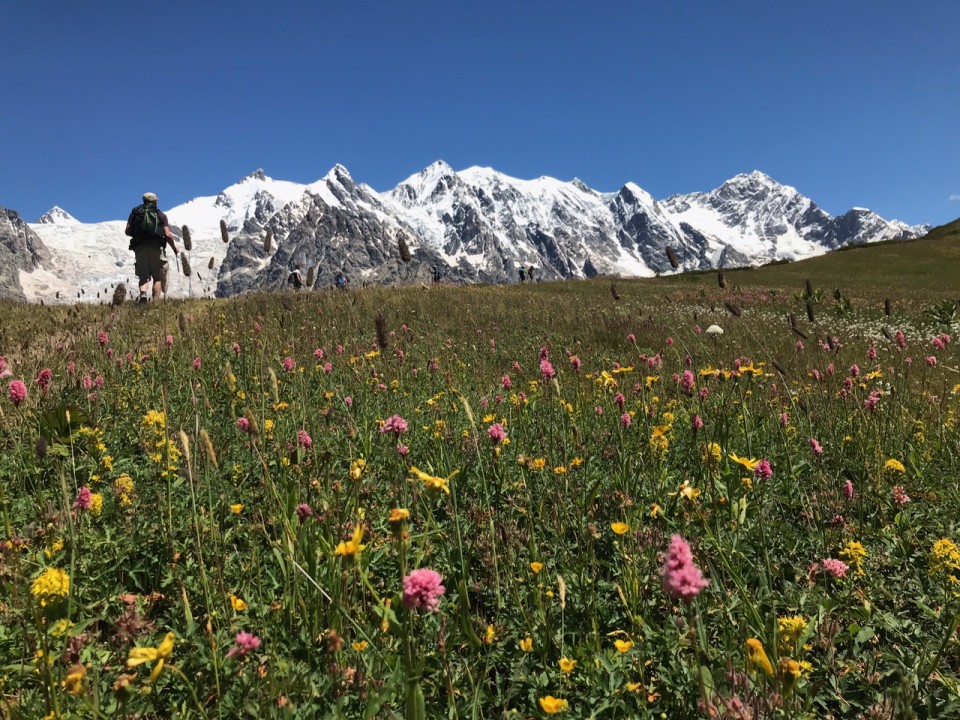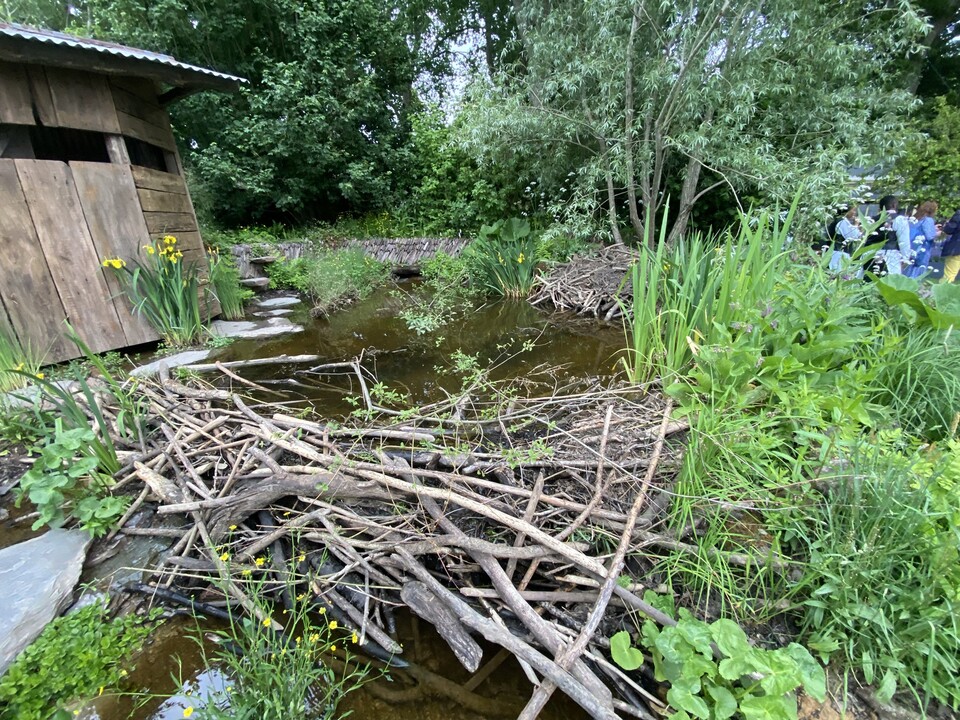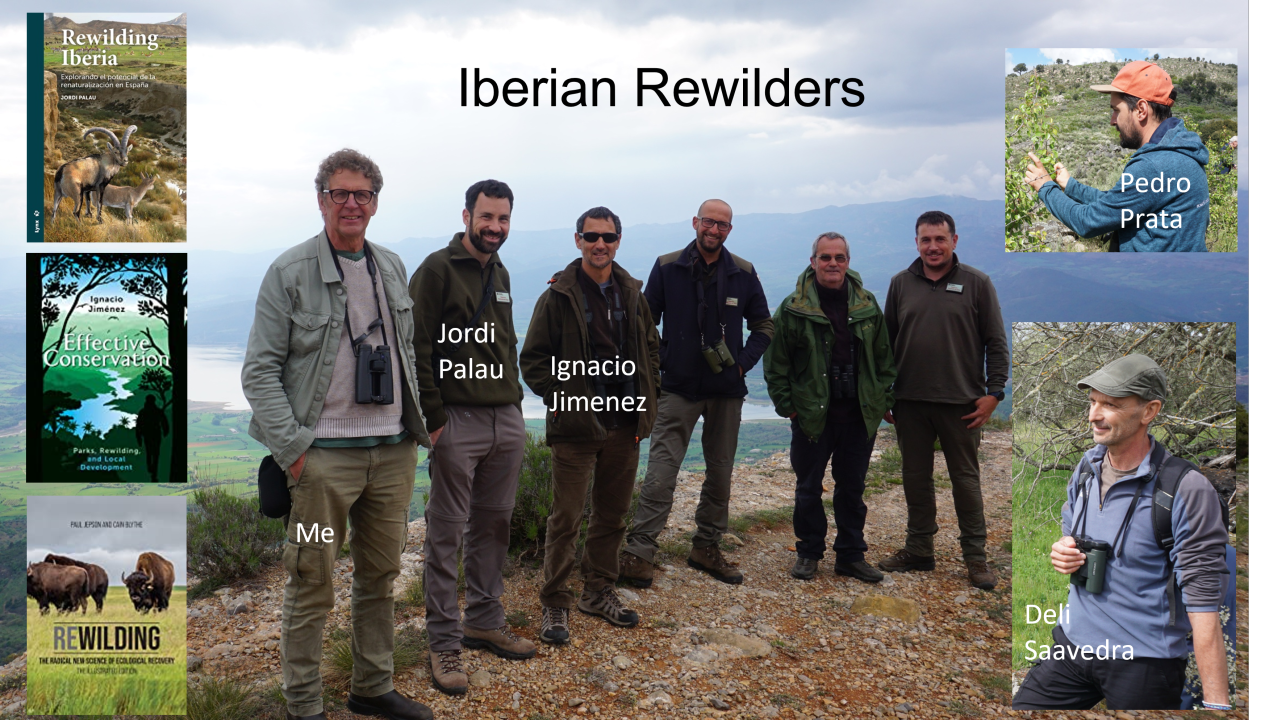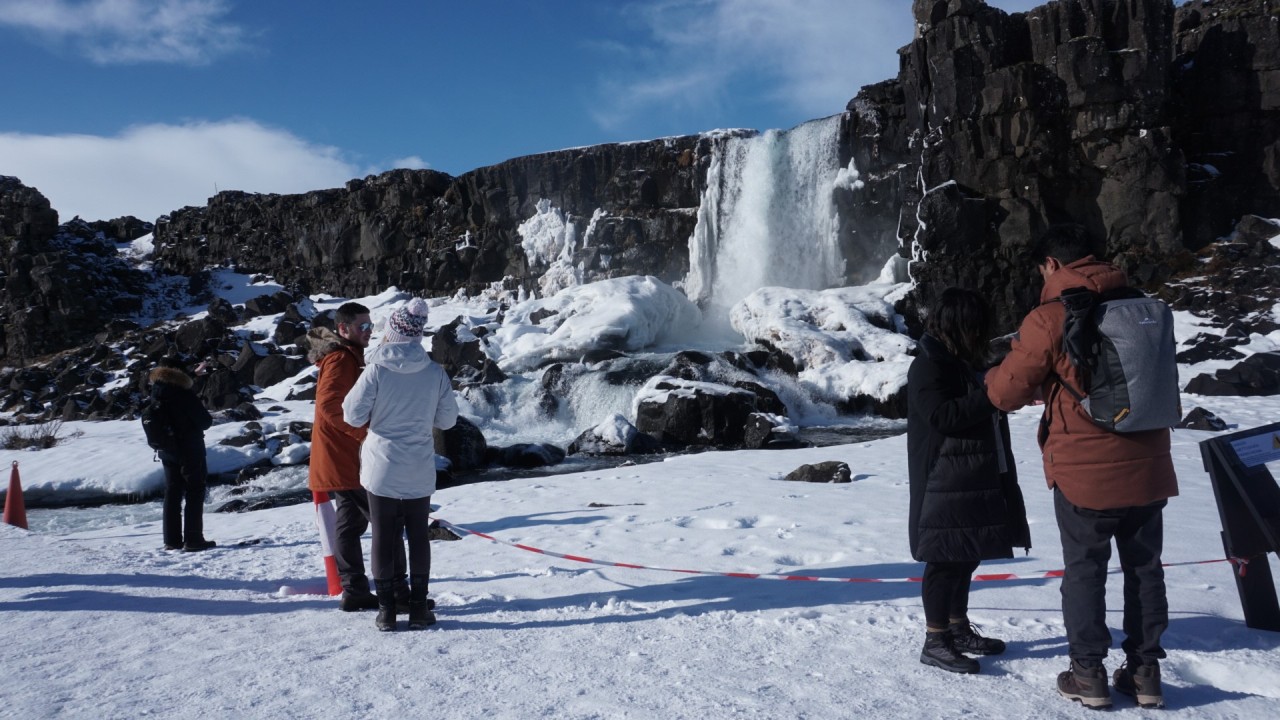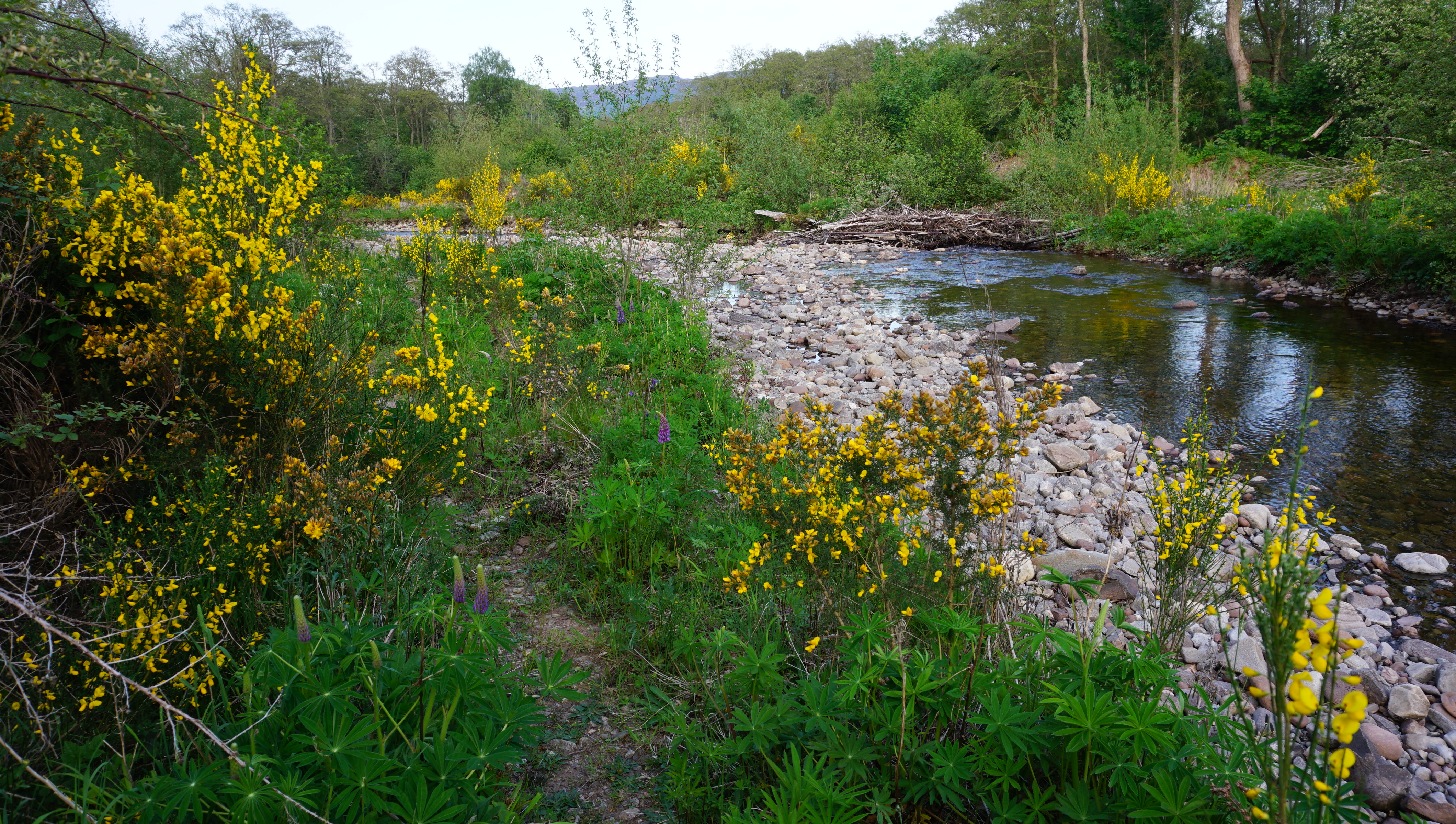This article was originally published in The Conversation on 24 July 2018. Header image via shutterstock
The movement to declare London a national park city in 2019 is gaining momentum. Mayor Sadiq Khan recently launched National Park City Week, along with a series of outdoor activities to kick off the school holidays. Citizen groups and local authorities are signing up to a charter, with the aim of creating a city rich in wildlife, with clean air and affordable green homes – a London where everyone has access to quality green space and rivers that are safe to swim in.
The plan is to create a Greater London National Park City partnership, with representatives in each of London’s 33 boroughs. This new organisation will have no formal powers, and its estimated £4m annual running costs will be raised from public and corporate giving. It’s an unprecedented proposal: up until now, only sovereign states – not cities – have declared national parks and specified how they will be managed, according to national law.
The motivations driving this initiative are admirable, worthy and important. Citizens across the capital have mobilised around the belief that making their city greener, wilder and healthier will improve their quality of life. But as British people head outdoors for the summer – whether in the city, or the countryside – I ask that time is taken to ponder the wisdom of aligning the term “national park” with a city – and the nation’s capital, at that.
A rural asset
The term “national park” was coined in the US in the 1870s, to encapsulate a policy vision aimed at building a sense of national identity and strengthening collective values through the enjoyment of nature.
Britain’s national parks were planned as part of the post-World War II reconstruction. The 1949 National Park Act was underpinned by progressive policy ideals, with a view to re-imaging the national identity after empire, promoting outdoor recreation as part of a holistic national health policy and creating cultural and economic flows between the cities and the countryside.
National parks were imagined as scenic natural areas with a connection to surrounding cities. To that end, Britain’s first national parks were located beyond – but within reach of – major industrial centres. Today, the geography of Britain is defined by both its natural and urban areas; by both London and the Lake District, Leeds and New Forest, Birmingham, Bristol, and Manchester as well as the Peak District and the North York Moors.
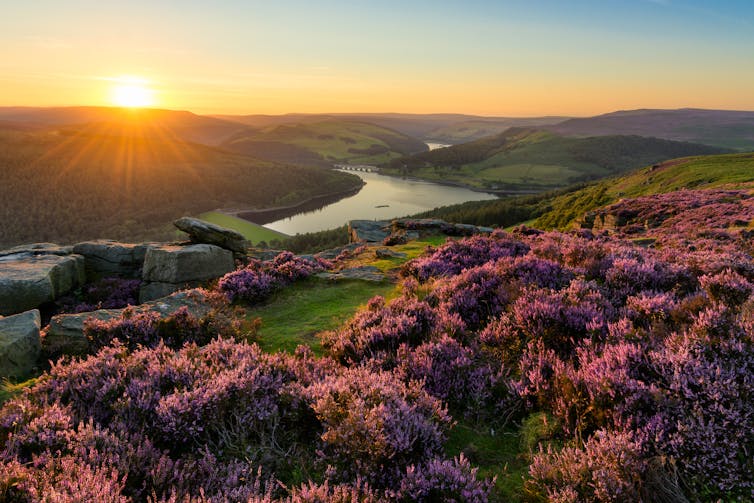
Shutterstock.
National parks have, until now, been a rural asset. The EU referendum revealed an urban-rural political divide, alongside a rise in identity poltics. Linking the national park brand with a city in the same year that Britain leaves the European Union could inflame these issues, because rural citizens might feel that the capital is appropriating and diluting a brand and identity that is theirs.
National parks have value because they celebrate and empower rural and regional identities in relation to cites – while also bridging the gap between them.
Going green
It’s well established that greener and wilder cities can benefit residents and the economy alike. In the 1980s, cities such as Manchester, Sheffield, Nottingham, Telford and London all invested in “bringing back” countryside and nature through a combination of urban planning, land reclamation, public education and leisure facilities.
City authorities also appointed ecologists and designated networks of Sites of Importance for Nature Conservation (known as SINCs, for short). Urban wildlife trusts formed in Birmingham and the Black Country in 1980, London in 1982 and Sheffield and Rotherham in 1985.
If London declares its self a national park city, a bunch of other cities would have strong grounds to do the same. But this could simply end up diluting the public value of the national park brand. It could be more difficult to make sense of the national geography, if it were made up of national parks and national park cities.
Cities often adopt labels and slogans in their promotion and marketing. But certain labels are associated with awards, competitions and designations that meet ambitions and standards set by authoritative third parties. Labels such as UK City of Culture, European Green Capital, Olympic city, UNESCO world heritage site and national park all have meaning, prestige, obligations and impact, because they are embedded within institutional structures of society.
Of course, citizens are free to band together to act outside of these institutions – but authorities should reflect carefully before supporting moves that could undermine them.
Becoming a Biosphere City
London doesn’t meet the criteria to be designated a national park under UK law. But it could meet the criteria of a Biosphere Reserve. The UNESCO Man in the Biosphere Programme was launched in 1971, to explore ways of improving the relationship between people and their environments. The programme has a strong focus on sustainability, science, innovation and shared learning to develop local solutions to global challenges.
The Isle of Man and the municipal borough of Brighton and Hove are Biosphere Reserves. And although “London Biosphere City” may not have the same cachet as “London National Park City”, the term clearly connects the aims of London’s draft environment strategy with the National Park City movement.
It’s great that Londoners want to make their city wilder and greener. But adopting the “national park” label risks damaging a brand and policy ideal that has served Britain well. In contrast, the term “biosphere city” can engage with broader sustainability agendas, while reinforcing the image of London as a progressive, global city.
Paul Jepson, Course Director, MSc Biodiversity, Conservation and Management, University of Oxford
This article was originally published on The Conversation. Read the original article.

